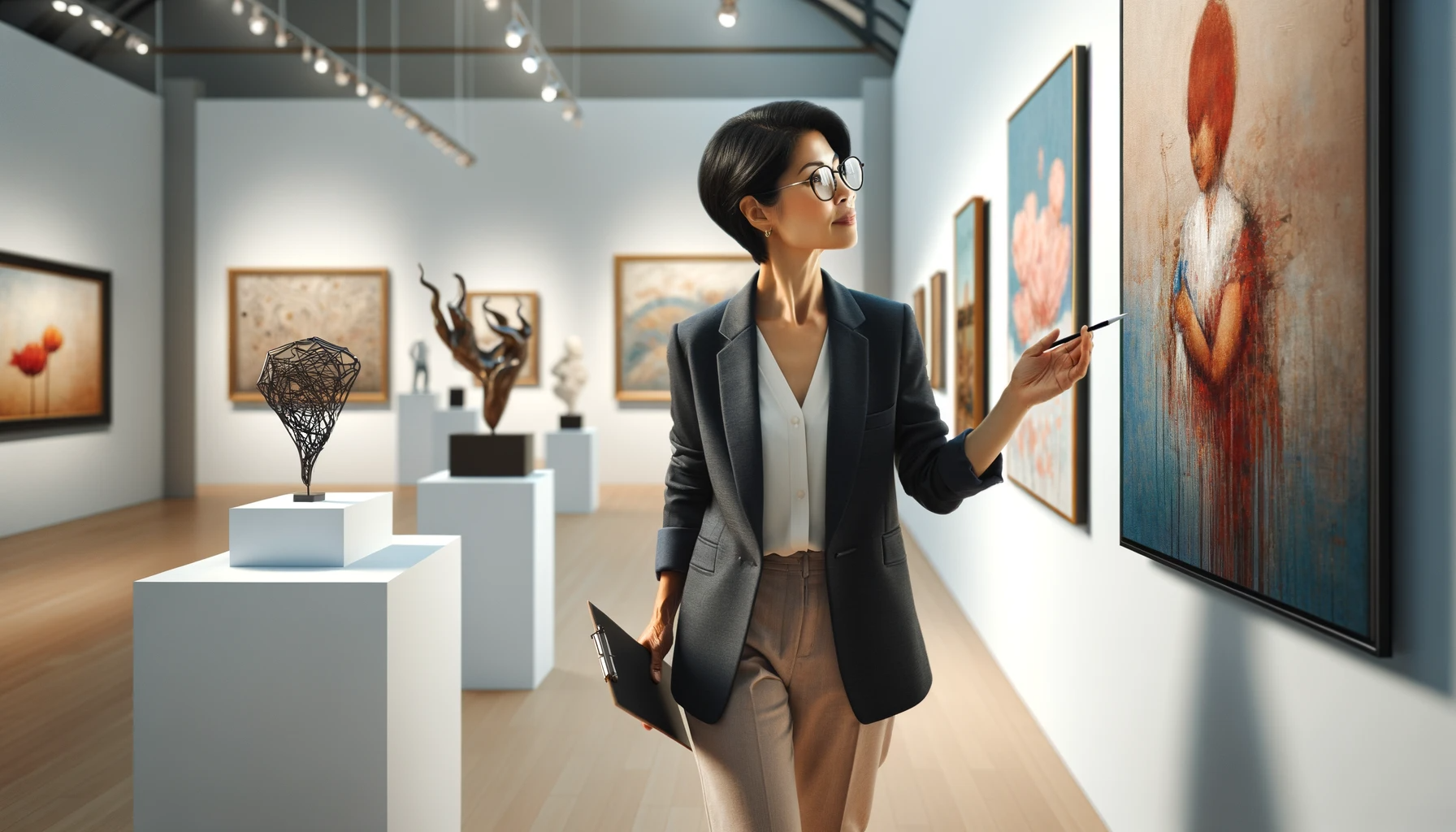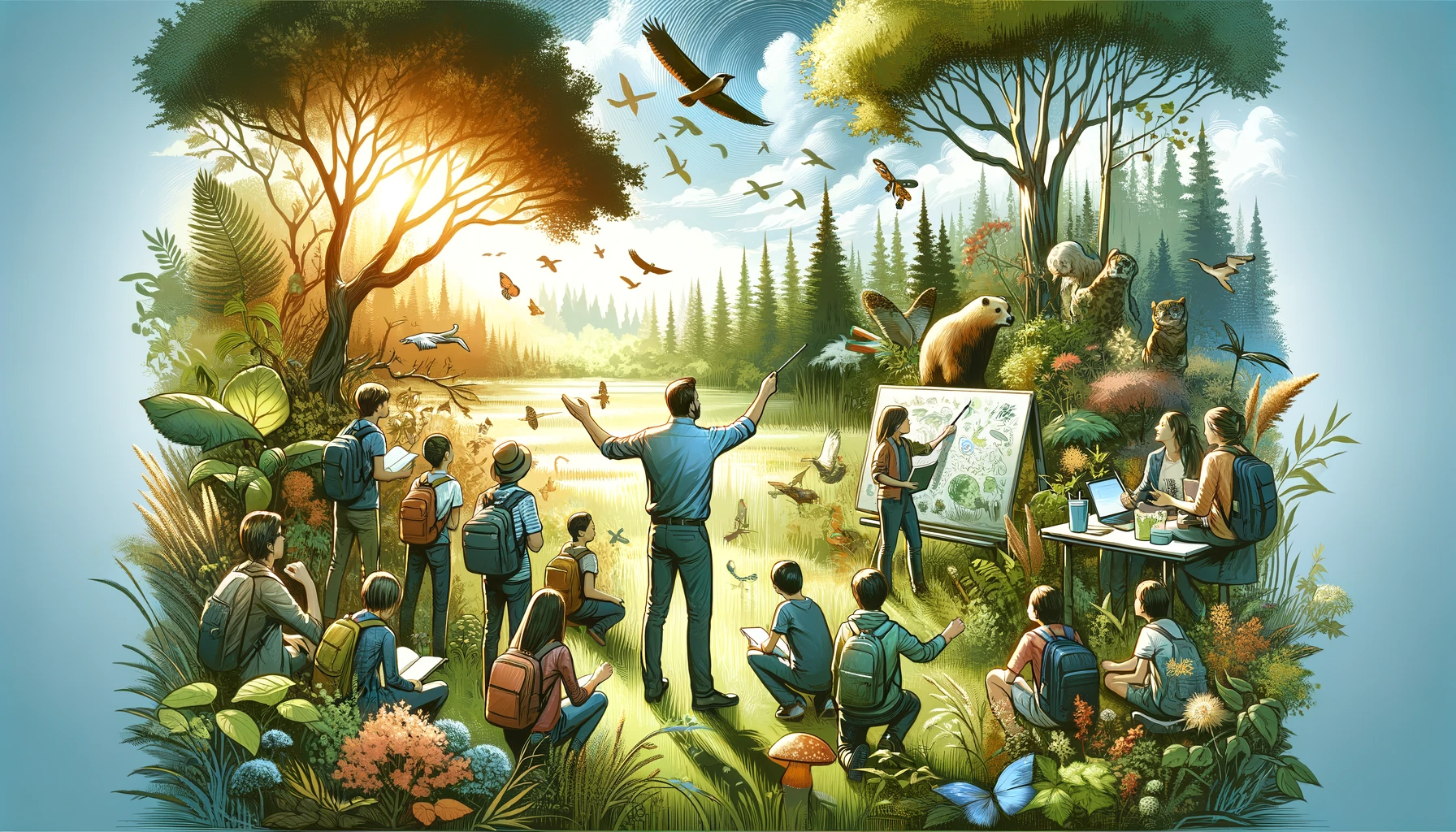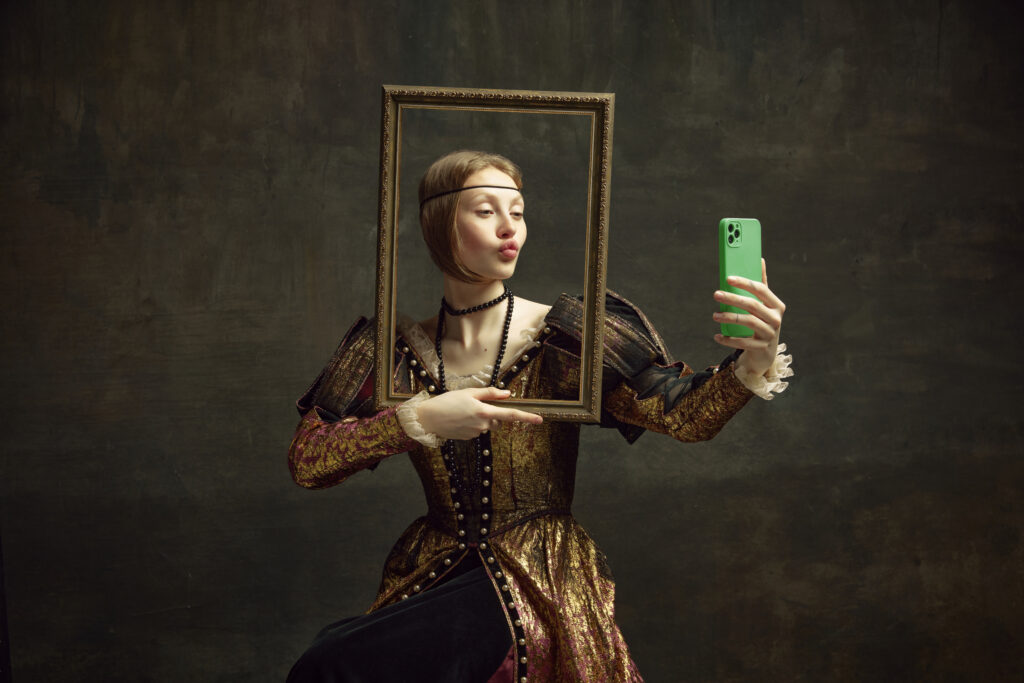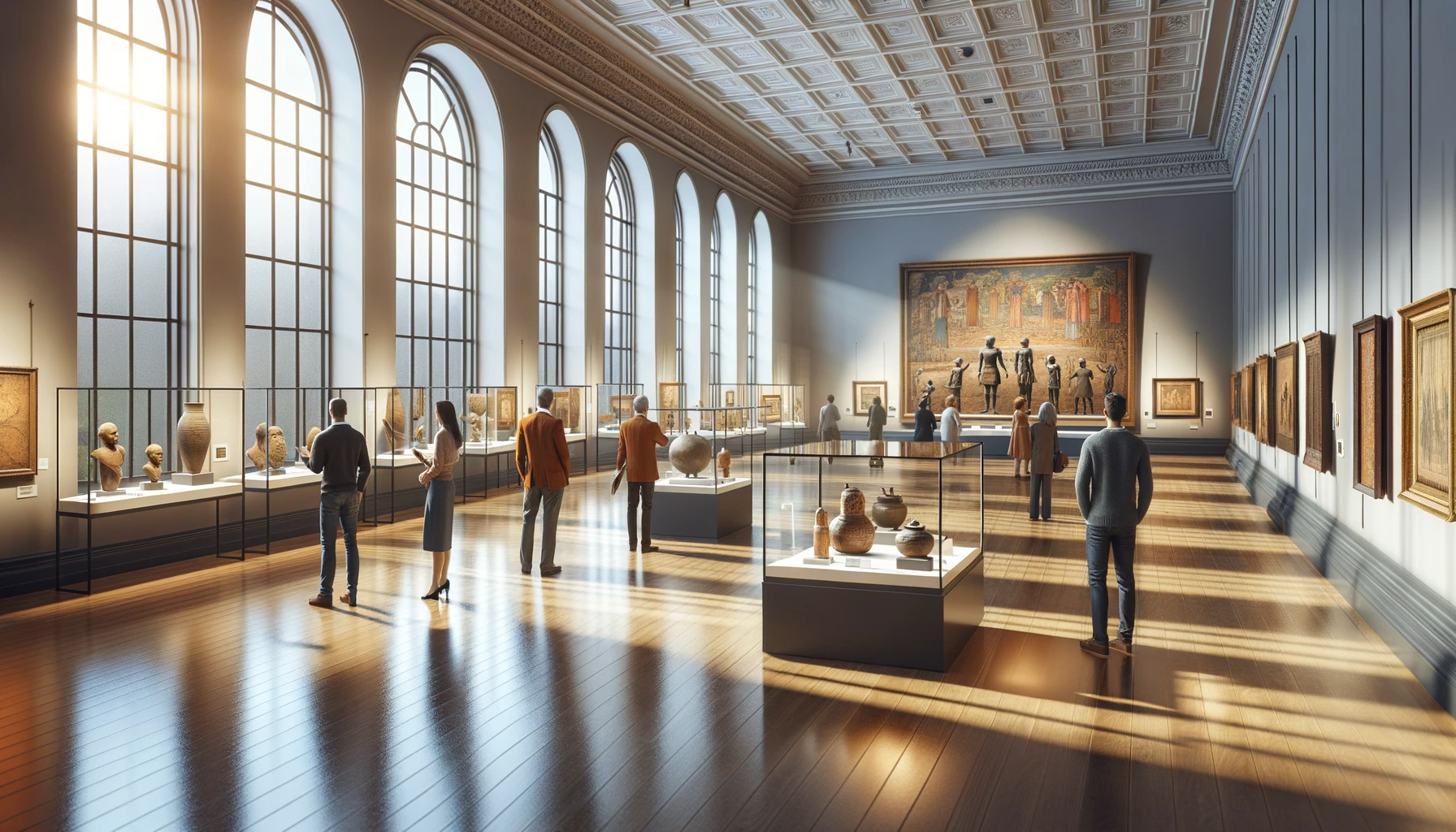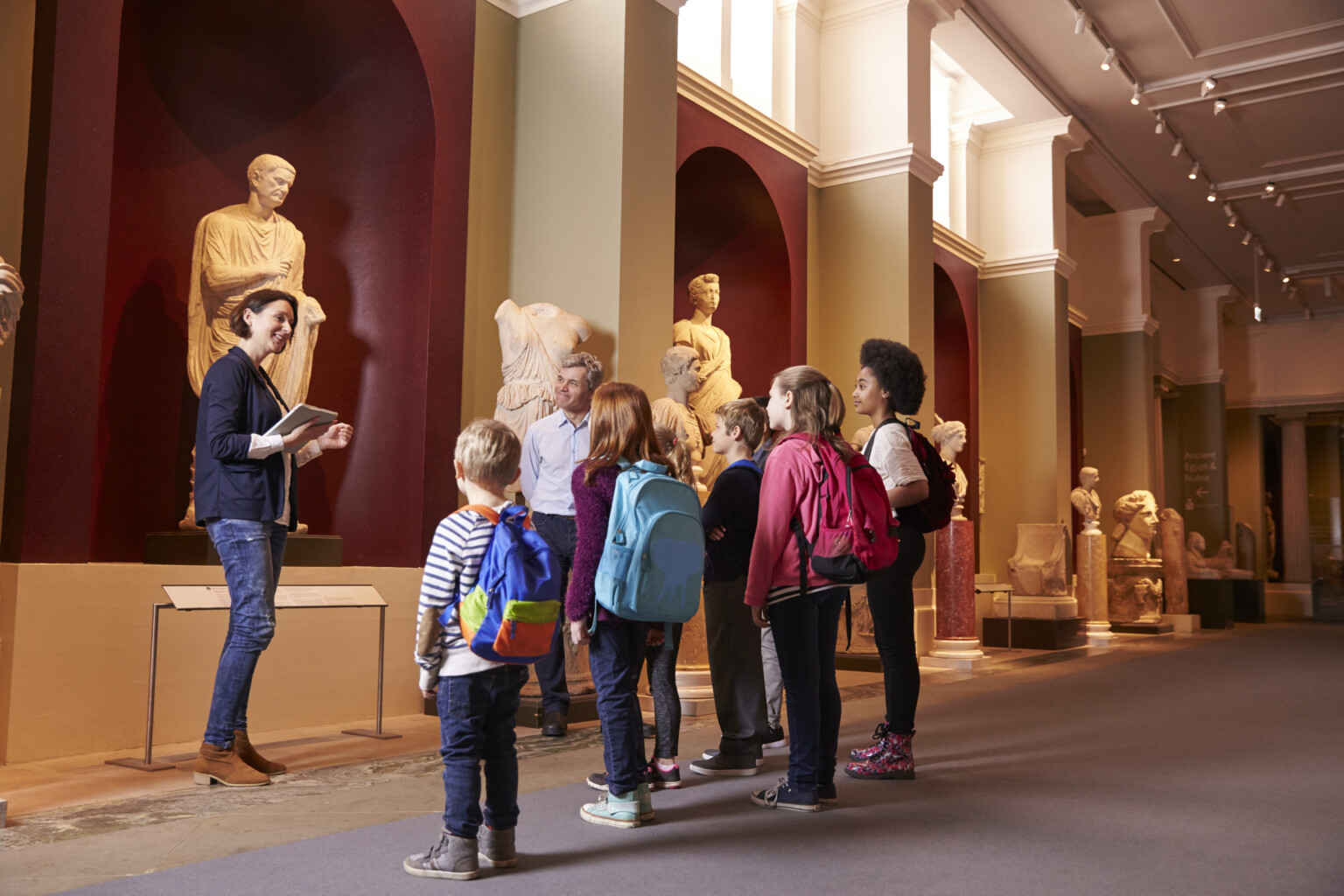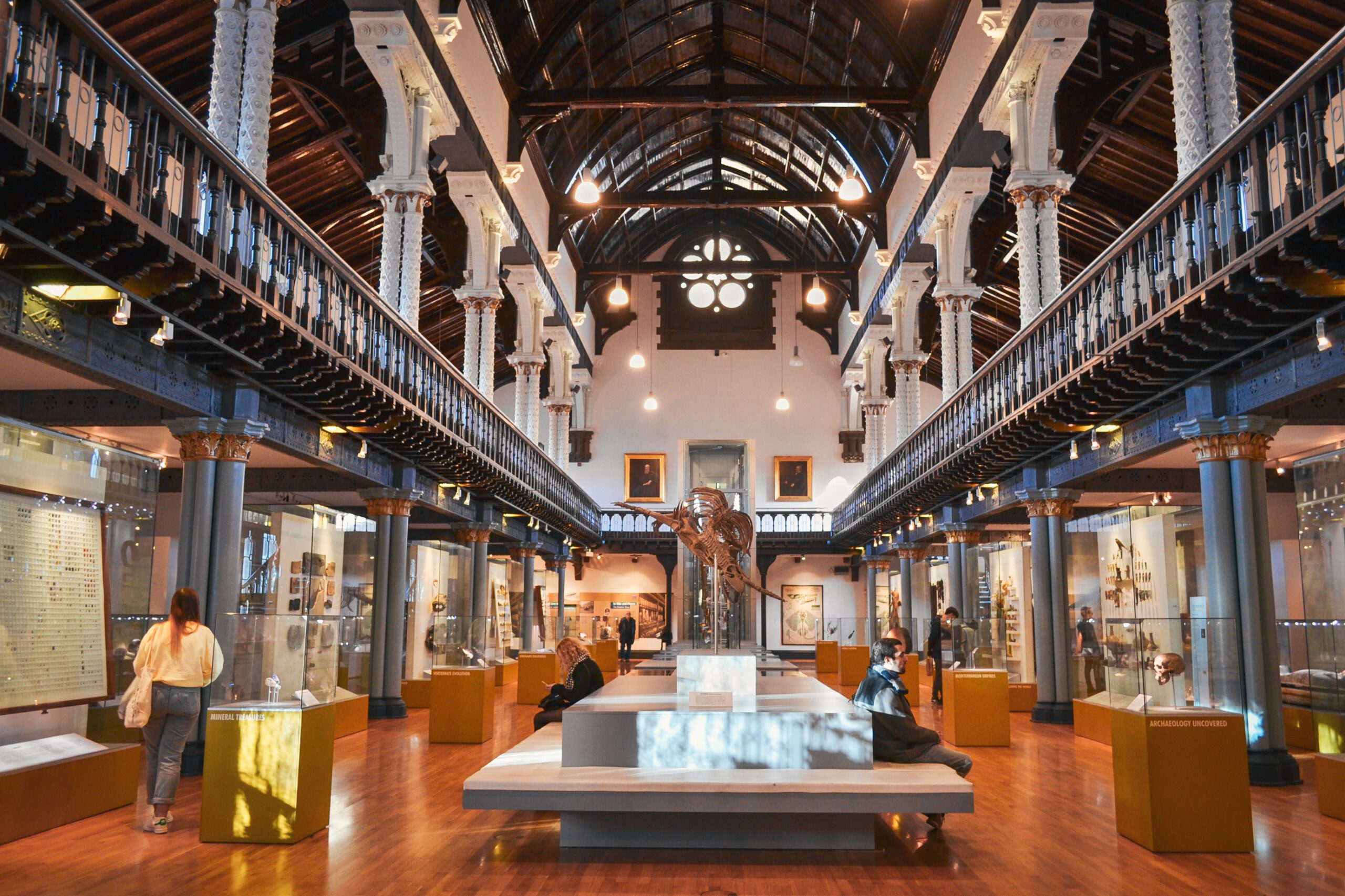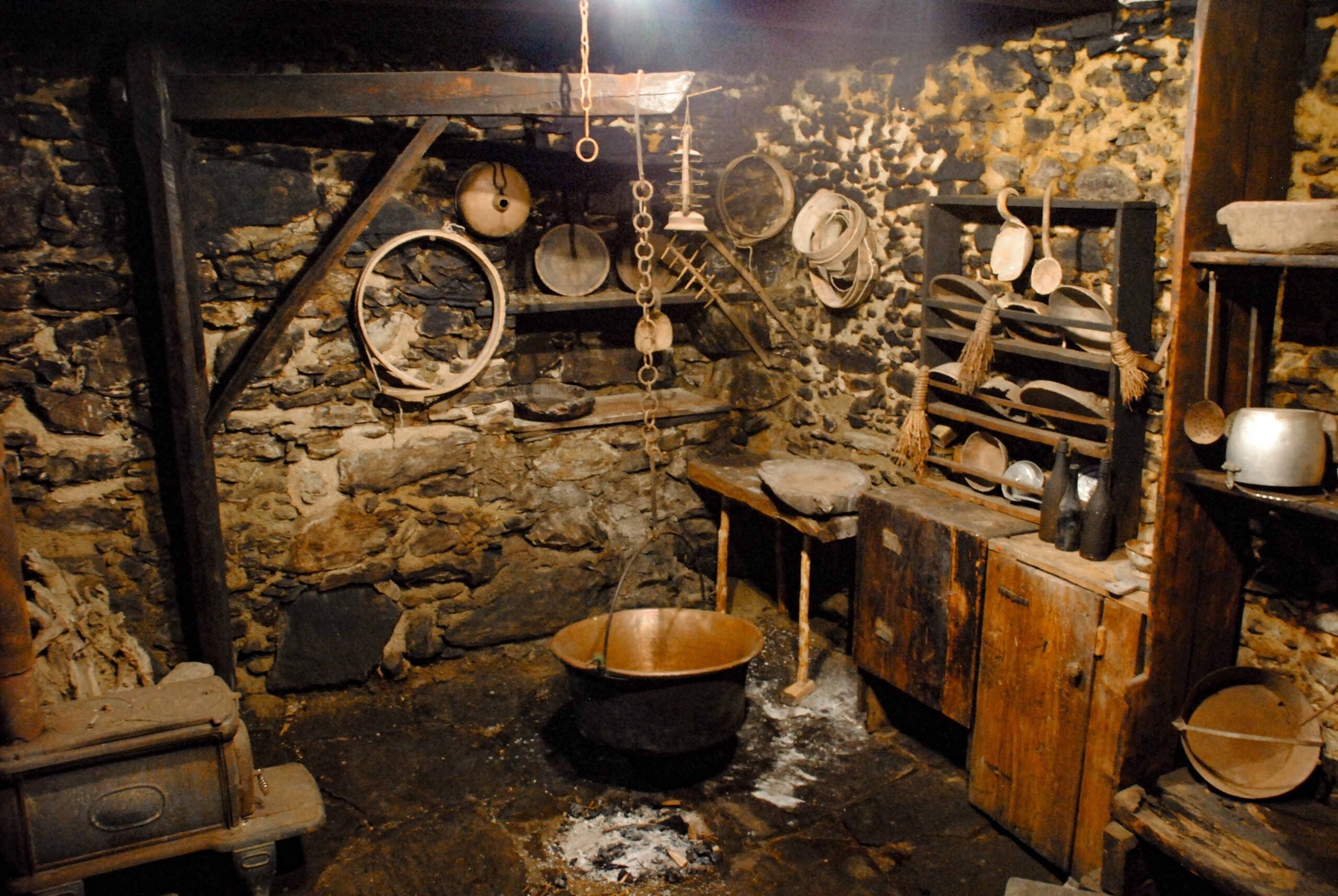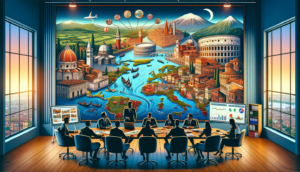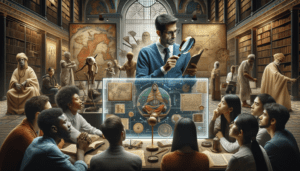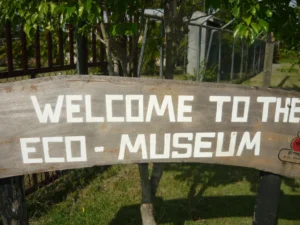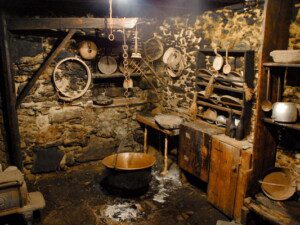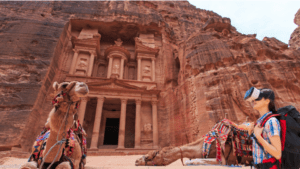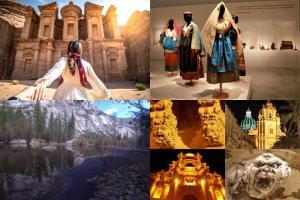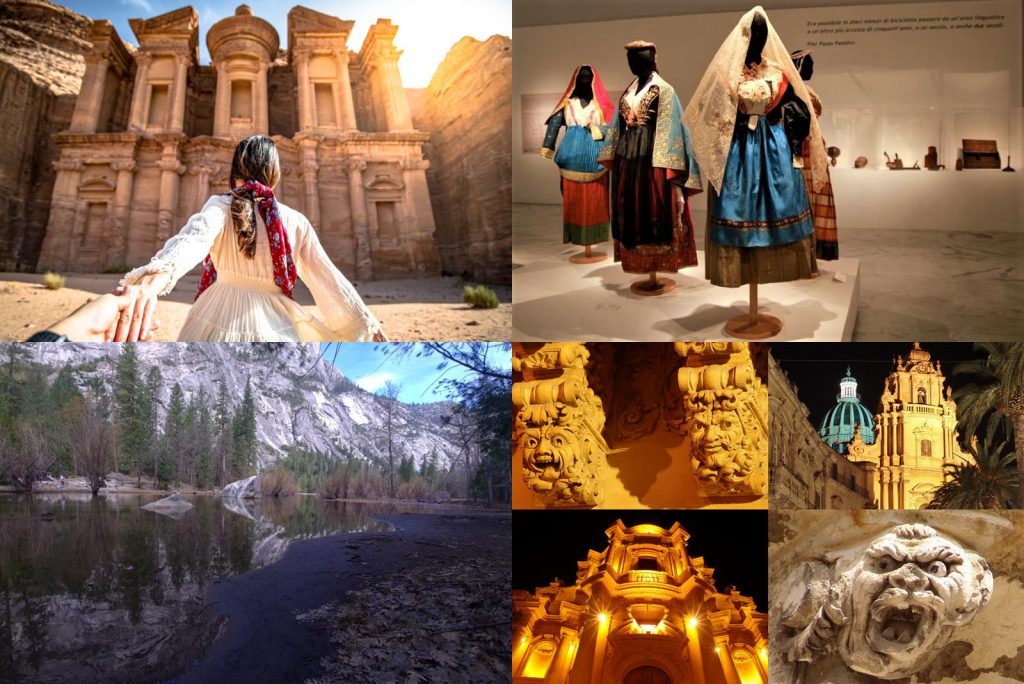Painter: Reference scheme
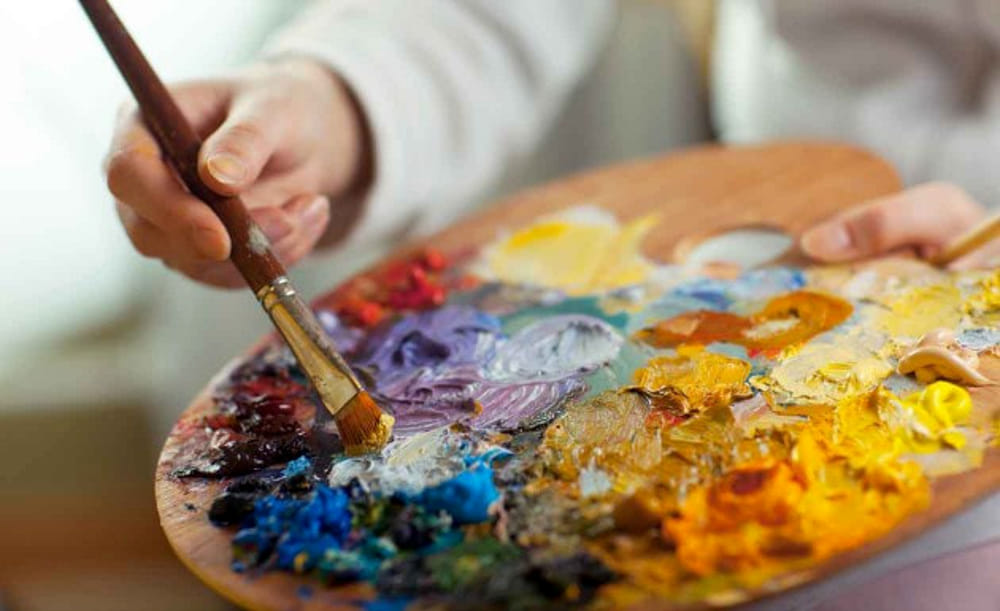
Scheme D) Unregulated profession without a defined scheme (provisional scheme)
The reference scheme is based on the 'modelSkills Cycle' and is in line with the 'Tourism, Arts, Heritage Competence Framework (TAH-CF)'. the TAH-CF is defined in accordance with the European Qualifications Framework (EQF), the Recommendation of the European Parliament and of the Council 2009/C 155/02 (ECVET) and the APNR (Non-Regulated Professional Activities) scheme adopted by UNI for the technical standardization of unregulated professions.”
The form is made available to all stakeholders in the cultural tourism supply chain in order to collect comments and useful elements for identifying the initial scheme. All interested parties are invited to improve the sheet by sending their contributions to info@aiptoc.it
Description
PAS25: Painter (V-VI-VII-VIII EQF Level)
The Painter carries out research on the ways of knowledge and aesthetic representation, creates and creates works of art by painting and drawing with different techniques, original representations of reality. The Painter works in different fields of Arti visive.
A Painter's duties may include:
- Creation of Works of Art: Create original paintings and drawings using different techniques and materials.
- Choice of Subject: Determine the subject of the painting or drawing, which can range from landscapes to portraits, from still lifes to abstract compositions.
- Selection of Techniques and Materials: Choose the techniques (for example, oil, watercolor, pastel, charcoal) and materials (canvas, paper, wood, etc.) most suitable for creating the work.
- Creative Process: Develop an idea through preliminary sketches, color and composition studies, until the final realization of the work.
- Finishing and Presentation: Complete the work with finishing touches and, if necessary, frame it or prepare it for display.
- Research and Artistic Development: Conduct research into ways of aesthetic representation and develop your own artistic style.
- Study of Movements and Techniques: Explore and study various artistic movements, painting techniques and aesthetic trends, both historical and contemporary.
- Creative Experimentation: Experiment with different styles, materials and methods to find your own artistic expression.
- Analysis and Reflection: Reflect on the meaning, themes and messages of your works, as well as considering the response of the public and critics.
- Exhibition of the Works: Organize and participate in art exhibitions to display your creations.
- Exhibition Planning: Choose the works to exhibit and organize the exhibition setup, which can be personal or collective.
- Management of Logistical Details: Coordinate practical details such as transport of works, installation and lighting.
- Event Promotion: Use various channels, such as social media, invitations and press releases, to promote the event and attract visitors.
- Interaction with the Public: Participate in the inauguration and other events connected to the exhibition to interact with the public and art critics.
- Artistic Career Management: Take care of the commercial and promotional aspects of your art, including the marketing and sale of the works.
- Marketing and Self-Promotion: Use marketing techniques to promote your work, build a personal brand and reach a wider audience.
- Sale of Works: Establish prices for works, negotiate sales and collaborate with galleries or art agents.
- Online Presence Management: Maintain an updated website or social profiles with images of works, events and news.
- Network of Professional Contacts: Create and maintain a network of contacts in the art world, including gallery owners, collectors and other artists.
- Collaborations and Commissions: Accept and work on projects commissioned by private clients, companies or public bodies.
- Evaluation of Requests: Analyze commission requests, evaluating their feasibility and suitability with respect to your style and skills.
- Negotiation and Agreement: Discuss the details of the project, including themes, dimensions, materials and fees, and reach an agreement with the client.
- Project development: Work on the commissioned project, maintaining open communication with the client for feedback and approvals.
- Delivery and Installation: Complete the work and, if necessary, coordinate delivery and installation at the client's site.
- Participation in workshops and seminars: Conduct or participate in workshops and seminars as a guest artist or trainer.
- Managing Your Own Practice: Maintain and manage the art studio, including organizing materials and equipment.
- Workspace Maintenance: Ensure that the studio remains a clean, organized and functional environment to facilitate an effective creative process.
- Inventory Management: Keep track of and regularly replenish materials such as paints, brushes, canvases and other necessary tools.
- Organization of the Work Area: Arrange the space so that it is practical for artistic creation and possibly for welcoming visitors or potential buyers.
- Security Management: Ensure that the practice complies with safety regulations, especially regarding the use and storage of potentially hazardous materials.
- Collaboration with Other Artists: Work with other artists in collaborative projects or group exhibitions.
- Collaborative Projects: Participate in joint art projects, where two or more artists combine their skills and creative visions.
- Collective Exhibitions: Exhibit your works in group exhibitions, often organized around a specific theme or concept.
- Exchange of Ideas and Techniques: Share knowledge, techniques and artistic approaches with other artists, thus enriching your own creative baggage.
Standards of Reference
- European Qualification Framework (EQF)
- Recommendation 2009 / C 155/02 (European Credit System for Vocational Education and Training - ECVET)
- Law 4/2013 relating to unregulated professions (Italy)
Profile Evaluation Criteria
To certify the possession of skills, it is proposed to take into consideration methodologies that take into account the following aspects in a non-mutually exclusive manner, i.e. possibly in combination with each other:
- Qualifications awarded in the academic field (Formal Learning)
- Specific Training (Non-Formal Learning)
- Work, professional or artistic experience (Informal Learning)
Work, professional or artistic experience can be demonstrated through various tools including:
- Curriculum Vitae
- Professional portfolio
- Objective placement on the market (awards, regional, national or international recognition)
- Publications (scientific or editorial)
Requirements for access to the professional figure
Since the professional figure is not organized in an order or college, the requirements may vary based on the relevant Professional Association or other criteria established by the individual interested parties. Below are the requirements adopted by AITOC - Italian Association of Tourism Professionals and Cultural Operators.
Note: The assigned EQF level (VI, VII or VIII level) is linked to the results of the final evaluation which will take into account the overall qualifications, specific training and work, professional or artistic experience
- Professionals who have attended courses in which the title of XNUMXst or XNUMXnd level academic diploma related to the professional figure in question is issued, issued by an Institute of Higher Artistic, Musical and Dance Education (AFAM);
Or
- Having attended specific training courses for the professional figure in question organized/recognised by Universities, Regions or professional associations established pursuant to law 4/2013 and recognized by the Ministry of Business and Made in Italy (MIMI ex MISE) and at least six months, even if not continuous, of proven work, professional or artistic experience in the relevant sector
Or
- Three-year degree and at least two years, even if not continuous, of proven work or professional experience in the reference sector
Or
- Second grade secondary school diploma and at least five years, even if not continuous, with proven work or professional experience in the relevant sector
Or
- Regardless of the qualification, recognition of the requirements by AIPTOC - Italian Association of Tourism Professionals and Cultural Operators (*).
(*) Note: it is believed, given the particularity of the figure of the artist in question, to recognize this professionalism regardless of qualifications, also taking into account solely the artistic experience. In this case, the evaluation of the following aspects is particularly important
- Curriculum Vitae
- Professional portfolio
- Objective placement on the market (awards, regional, national or international recognition)
-
The following registers and lists are also recognized for inclusion purposes:
- Be included in the Registers of Professional Associations established pursuant to law 4/2013 and recognized by the Ministry of Business and Made in Italy (MIMI ex MISE) as long as they refer to the competence in question
-
Related searches on the Skills Archive Databases (UNDER IMPLEMENTATION)
Featured Heritage Interpretation
Featured training
Basic courses
High Specialization Courses


